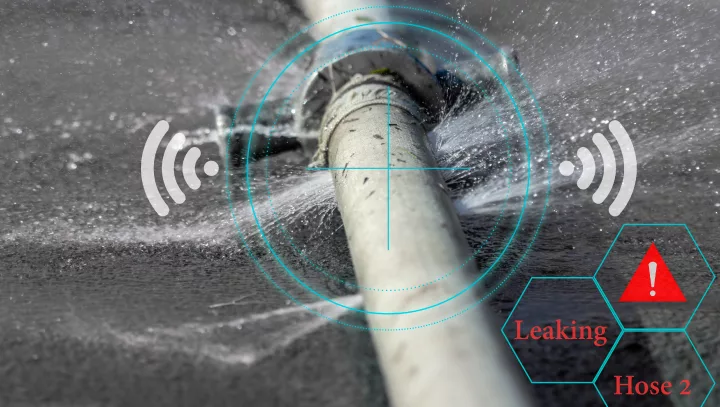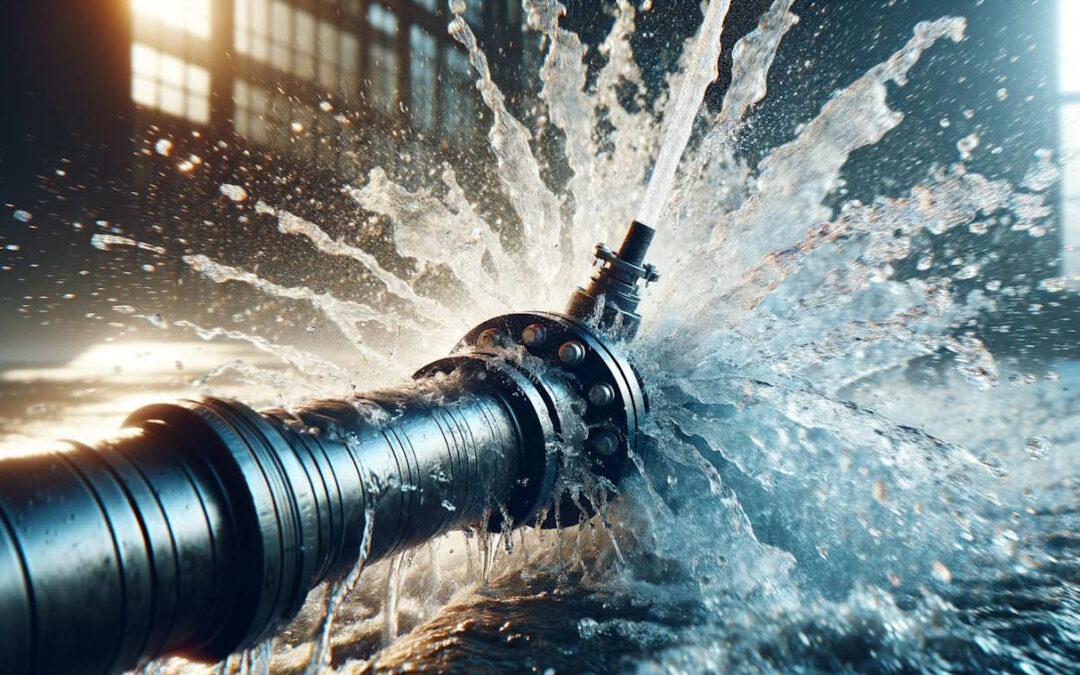Ingenious Solutions for Very Early Detection of Water Leakages in Structures and Facilities
From sophisticated leak detection innovations to the implementation of IoT sensing units for real-time surveillance, the landscape of leak avoidance is advancing rapidly. Automated water flow evaluation systems are improving how leakages are recognized and addressed, leading the means for an aggressive strategy to water leakage detection.
Advanced Leak Discovery Technologies
Advanced leak discovery modern technologies, outfitted with sophisticated sensing units and formulas, play an important function in quickly determining and determining water leakages in different setups. These modern technologies utilize a mix of acoustic, thermal, and electro-magnetic sensing approaches to identify leakages properly. Acoustic sensing units discover the sound of running away water, permitting for precise localization of the leak source. Thermal imaging detects temperature level changes created by water leak, offering another reliable approach for leak identification. Electromagnetic sensors can identify modifications in magnetic fields brought on by water, offering yet an additional layer of leak discovery ability.

IoT Sensors for Real-Time Tracking
In the world of contemporary water leakage detection, the integration of IoT sensors for real-time tracking represents a critical improvement in improving positive leak discovery capacities. These sensors offer continual monitoring of water supply, supplying real-time information on water circulation prices, stress variations, and temperature level changes. By leveraging IoT technology, these sensing units can find even the tiniest abnormalities in water use patterns, allowing early identification of possible leakages before they intensify into significant problems.
IoT sensing units transfer information to a centralized platform, where sophisticated formulas assess the info and produce informs or alerts when irregularities are detected. This real-time monitoring ability enables building owners or center supervisors to quickly attend to leaks, minimizing water damage, lowering fixing prices, and conserving water sources.
Moreover, IoT sensors can be integrated with building monitoring systems, permitting computerized responses to discovered leaks, such as shutting down water shutoffs or triggering pumps to alleviate the effect of leaks. In general, the implementation of IoT sensors for real-time tracking considerably boosts the effectiveness and efficiency of water leakage detection in structures and infrastructure.
Artificial Intelligence Algorithms for Leak Prediction

One secret advantage find out of utilizing equipment discovering for leakage forecast is its ability to continually discover and improve its accuracy over time. As more information is collected and fed right into the algorithm, it can improve its forecasts and adapt to transforming conditions, ultimately raising the dependability of leak discovery systems.
In addition, device learning algorithms can help in identifying subtle indicators of leaks that may go unnoticed by conventional monitoring methods. water leak detection. By evaluating intricate information embed in real-time, these formulas can provide early cautions and informs, enabling prompt intervention and preventative maintenance to minimize potential water damages and associated prices
Using Thermal Imaging for Leakage Detection
Thermal imaging technology provides an appealing technique for discovering water leakages in numerous systems and frameworks. By making use of infrared radiation and temperature level differences, thermal imaging electronic cameras can recognize surprise leakages that are not conveniently noticeable to the naked eye.
One of the crucial benefits of thermal imaging for leak discovery is its non-intrusive nature. Generally, the use of thermal more information imaging modern technology improves the efficiency and precision of water leak discovery, making it a beneficial device for maintaining the stability of buildings and facilities.
Automated Water Flow Evaluation Systems
Exactly how can automatic water circulation analysis systems change the detection and monitoring of leaks in numerous systems and infrastructures? Automated water circulation analysis systems provide a proactive technique to leakage detection by continually checking water flow prices and patterns. By developing baseline data, these systems can promptly determine inconsistencies that may show a leak, allowing punctual treatment to avoid considerable damage.
These systems make use of advanced algorithms to examine real-time information and offer instant signals when anomalies are discovered, allowing for swift action to be taken. In addition, automated water flow analysis systems can be integrated with structure monitoring systems or IoT systems, enhancing general efficiency and allowing remote monitoring capacities.
In addition, the information accumulated by these systems can be made use of for predictive upkeep objectives, helping to recognize possible weak factors in the facilities prior to leakages take place. Generally, the application of automated water circulation evaluation systems can substantially improve leakage detection and monitoring methods, inevitably bring about set you back financial savings, reduced water wastefulness, and enhanced sustainability in buildings and facilities.

Final Thought
Finally, the assimilation of advanced leak detection this article technologies, IoT sensors, device knowing algorithms, thermal imaging, and automatic water flow analysis systems uses ingenious services for early detection of water leaks in structures and framework. These modern technologies make it possible for real-time monitoring, prediction of leaks, and efficient discovery approaches to avoid water damages and waste. Carrying out these options can assist in maintaining the integrity and sustainability of water supply in numerous setups.